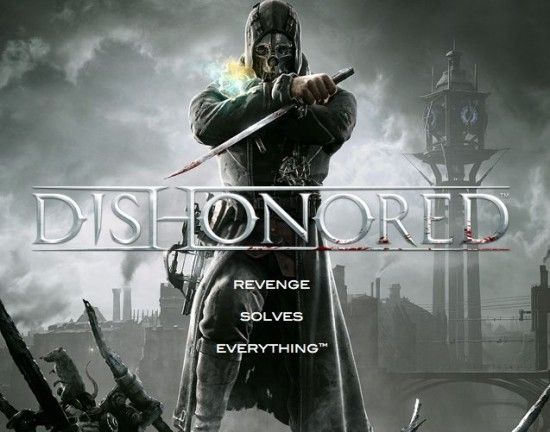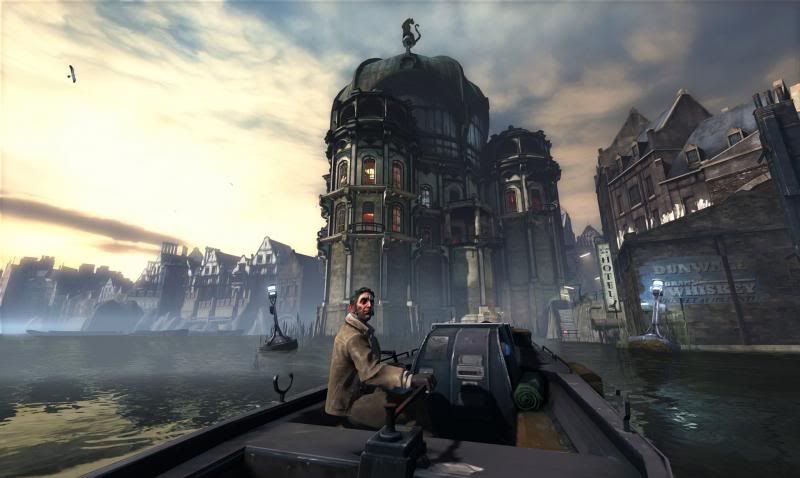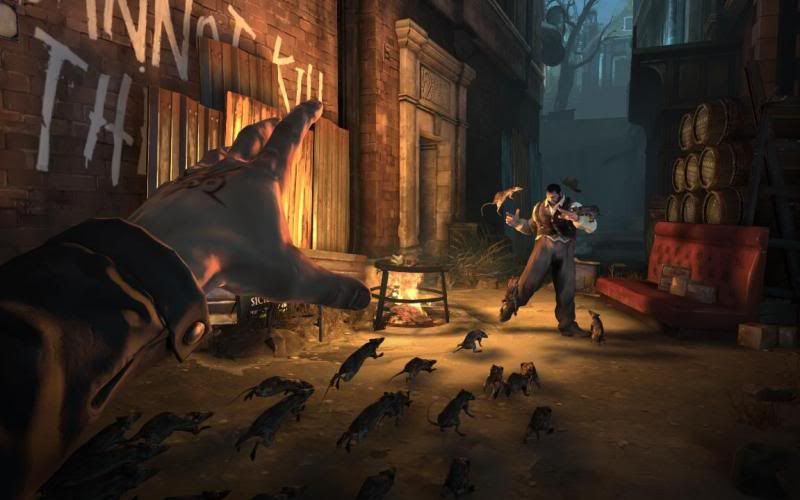At first glance, the concept for Middle-Earth: Shadow of Mordor seems like something you’d find on a fan-fiction site, aching for the sort of opportunity that was afforded to 50 Shades of Gray. An Illithen Ranger, one of the fabled Dunedain, falls victim to an untimely death but is resurrected thanks to the intervention of a Wraith that is, apparently, unconnected to the Ring-wraiths that plague Frodo and the Fellowship later in the canon of Middle-Earth. So now he’s immortal, a skilled fighter, and has the grizzled, manly voice of Troy Baker. That certainly sounds like a self-insertion fantasy persona to me. Thankfully, there’s more than enough going on in this game to merit more than that somewhat dubious first glance.

First and foremost, Shadow of Mordor (as I will call it going forward because I’m not a fan of colon cancer) is steeped in atmosphere. While Mordor is not yet a barren, blasted wasteland, as this tale takes place before Lord of the Rings, the darks are deeper and the land definitely feels corrupted. While Howard Shore did not compose the music, the score is definitely in tune with the themes and timbre of those famous strains from the six films. Despite the stick I gave the developers for putting Troy Baker’s voice behind our hero Talion, he sounds less like Booker DeWitt and more like someone who’s been living rough in the outskirts of Gondor right before the events that propel him into the adventures through which players guide him.
Seeing as this is a video game on major consoles, the primary means of that guidance will be through various forms of combat. Shadow of Mordor has looked on the success of both Assassin’s Creed and Rocksteady’s very successful Batman-based games (Arkham Asylum and Arkham City to be exact) and worked on a way to combine the two. The result is quite compelling: Talion moves from place to place to avoid detection, climbs to and leaps from ledges and tall places with grace, is limited in weapon choices, and uses prompts to avoid or block incoming blows which he redirects into deft ripostes. Movements are smooth, blows are powerful, and skills are satisfying – but the really interesting stuff doesn’t happen until someone dies.

Things look pretty amazing, as well.
Rather than simply be a quest to slay endless, nameless orcs in a quest for vengeance and XP, the game takes pains to give its antagonists names and personalities. This is more than window-dressing, however; it is essential to what makes Shadow of Mordor stand apart. Each orc Talion kills brings him closer to his true goal: the Warchiefs who control the mighty armies of Mordor. The array of nasties seen when you check your progress tells who where they rank and how much closer you are to victory. This also has intriguing implications when it comes to failure. Shadow of Mordor is not the first game to boast an immortal protagonist, at least in terms of being considered that way in-universe, and making failure mean something when you cannot die has often challenged designers. Rather than lose experience or suffer an otherwise arbitrary setback like paying a toll to the underworld, when Talion is defeated and requires rescuing from his wraithly friend, the orc lieutenants and captains he was fighting grow stronger in the intervening time. There is also a system in which orcs squabble with one another for control, and if Talion does not sweep in to kill everyone involved, the victor of the squabble will gain power in a similar fashion. It’s one of the many things that contribute to giving the game a living, breathing world.
On top of innovative design and satisfying combat, Shadow of Mordor has not skimped on the Middle-Earth lore. Dipping deep into the history and culture of Middle-Earth, the story of Talion is far more than one of mere wish fulfillment. While the Ranger has a rather immediate need for vengeance, his benefactor has an even more seething bone to pick with Sauron: he was Celebrimbor, the elf-smith in the Second Age who forged the Rings of Power to begin with. Through his experience and vision, Talion (and by extension, the player) learn the tales of the items scattered throughout the land, unearth ancient runes that add to the ongoing story of the events at hand, and give all the more reason for us to fight our way through the diabolical forces of Sauron the Deciever.

There are even some familiar faces around.
So yes: my very first, up-front impressions of this game were entirely wrong. A lot of care has gone into the game from all sorts of perspectives. The combat, stealth, and open world draw from a plethora of contemporary, quite successful sources. The story has threads that tie it deeply into the rich lore of the beloved tales of Tolkien. It looks and sounds pretty amazing, taking full advantage of modern rendering and development techniques. And if that weren’t enough, it both delivers satisfactory results for success and reasonable, compelling consequences for failure. In short: I must play it.





